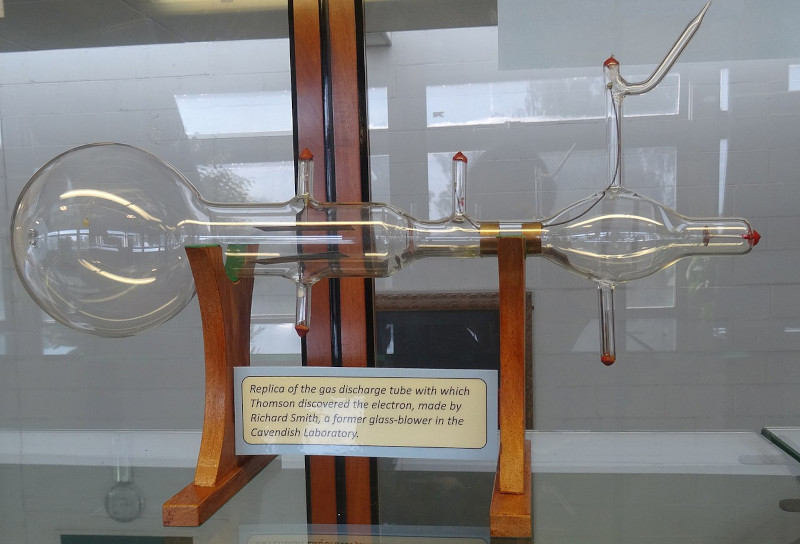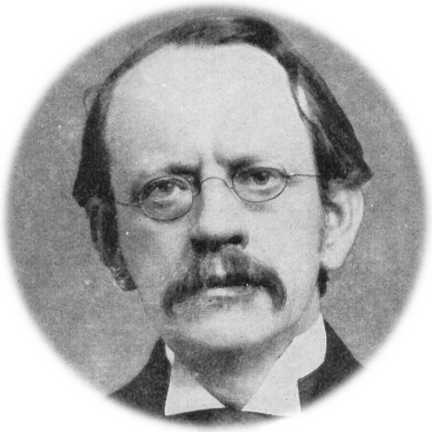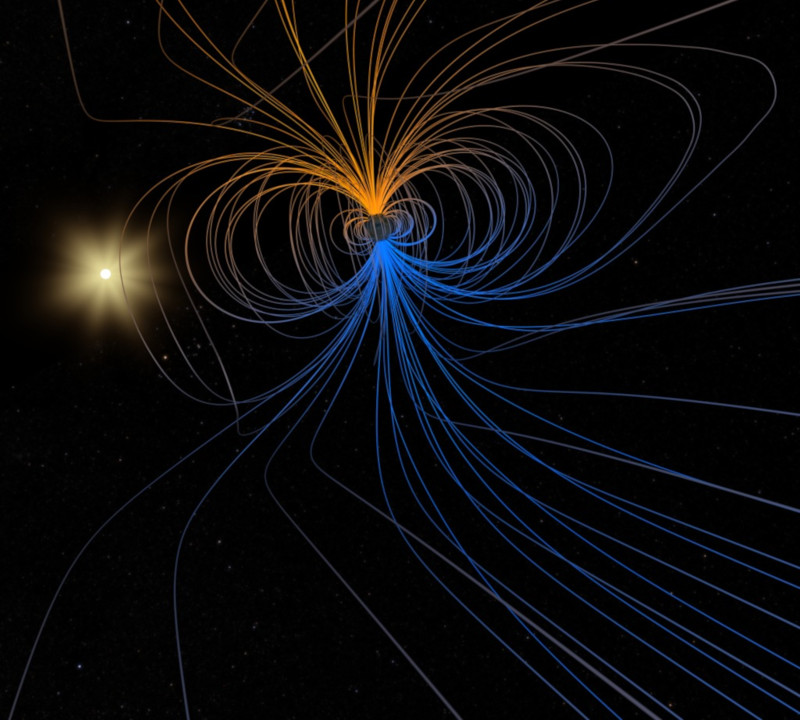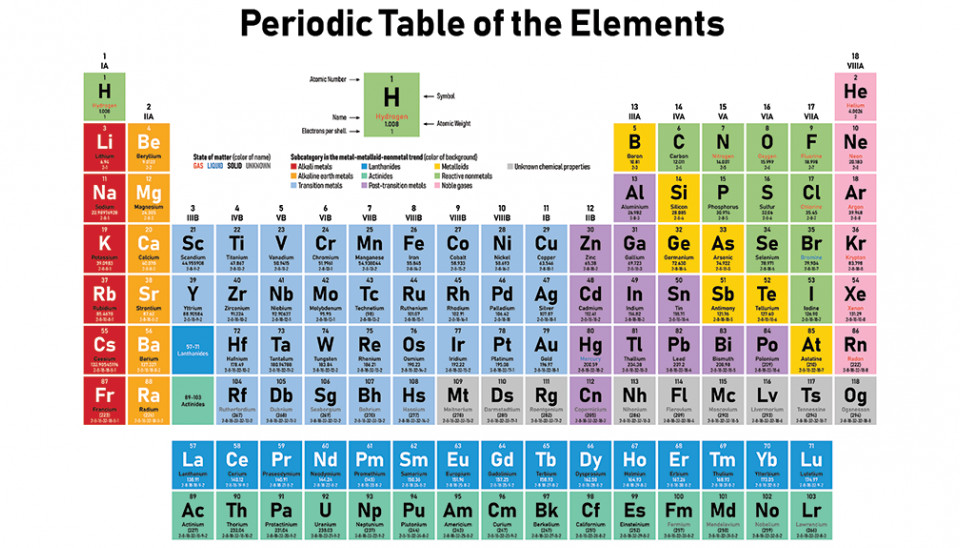04/30/1897 AD discovered
Thomson in is the first to suggest that one of the fundamental units was more than 1,000 times smaller than an atom, suggesting the subatomic particle now known as the electron.
Thomson discovered this through his explorations on the properties of cathode rays. Thomson made his suggestion following his discovery that cathode rays (at the time known as Lenard rays) could travel much further through air than expected for an atom-sized particle.
He estimated the mass of cathode rays by measuring the heat generated when the rays hit a thermal junction and comparing this with the magnetic deflection of the rays. His experiments suggested not only that cathode rays were over 1,000 times lighter than the hydrogen atom, but also that their mass was the same in whichever type of atom they came from. He concluded that the rays were composed of very light, negatively charged particles which were a universal building block of atoms.
He called the particles "corpuscles", but later scientists preferred the name electron which had been suggested by George Johnstone Stoney in 1891, prior to Thomson's actual discovery.
Subjects Who or What discovered?
-
J. J. Thomson (Sir Joseph John) British physicist and No...
Objects To Whom or What was discovered?
-
electron The electron is a subato...
Timelines (that include this event)
Events in 1897 MORE














